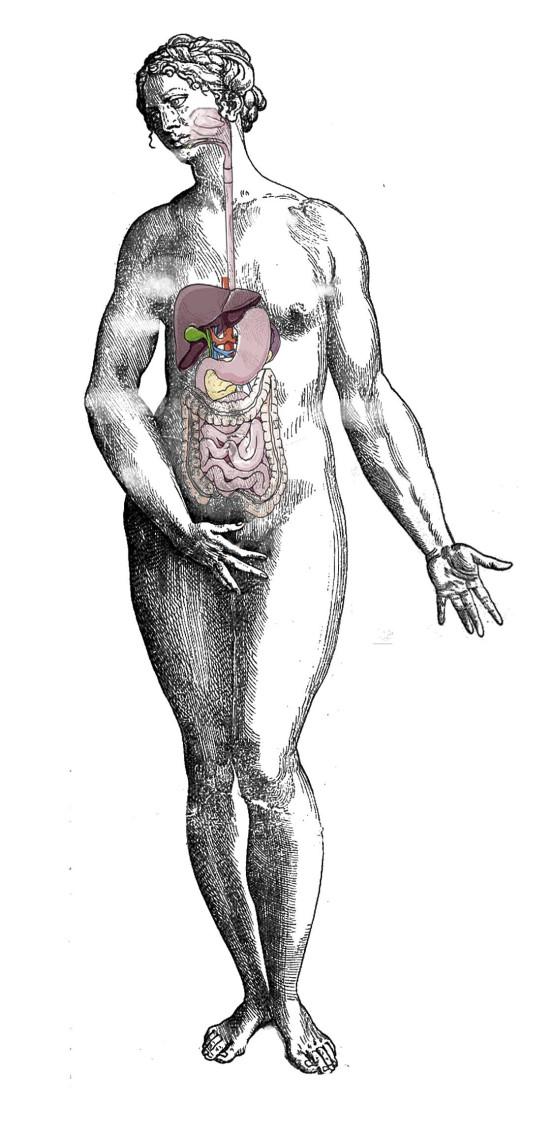vii: Foraging through Folklore
Which wych? Ella Leith Is there something witchy about Witch Hazel (Hamamelis virginiana)? It is a shrub that borrows other trees’ names. It is definitely not a Hazel tree (Corylus avellana), despite also being known as Snapping Hazelnut. Nor, despite its other name— Spotted Elder —is it an Elder tree (Sambucus nigra). There’s definitely magic in another of its bynames: Winterbloom, so-called for its bright and spiky flowers that arrive in the cold season and are somehow impervious to frost. Witch Hazel relies on wind currents rather than insects for pollination, so in theory it could appear anywhere— as if by magic. I’m not sure that I’ve ever seen the tree in nature, but I know very well the astringent remedy that my mother and grandmother swore by for grazes and blemishes. A dab of Witch Hazel would sting, but that meant the magic was working. If it isn’t a Hazel, then why do we call it Witch Hazel? In The International Book of Trees (1993:132), Hugh Johnson explains its name: Hazel because of its soft, oval leaves like the nut tree’s; witch presumably from witch. Intriguingly vague. Why from witch? For the healing quality of the ointment derived from its bark? Or because, in its native North America, it has traditionally been used for water witching? Water witching is the term popularly used in America for what we’d call water divining or dowsing: the use of two L-shaped rods or a forked stick to identify subterranean water. When passing over underground water sources, suddenly the rods cross each other or the forked stick ‘quivers, and … twists in [the dowser’s] hands and points downward with such violence that the bark peels off’ (Vogt and Hyman 1959:2). First recorded by the Romans (Vogt & Golde 1958:520), it appears to have increased in popularity in the 16th Century, due to German miners dowsing to identify mineral veins and precious metals. The practice came to be used in the tin mines of Cornwall and
spread throughout the British Isles and from there to America where, in addition to seeking underground water and metals, practitioners have dowsed for missing animals and people, and to ‘determin[e] digestible and indigestible foods’ (Barrett and Vogt, 1969:197). The movement of the rods or sticks is now usually attributed to ideomotor responses (i.e., the person moves unconsciously), with successful discoveries considered coincidental— ‘in many areas, it is difficult to drill and not find water’, says Deming (2002:451) —or a conscious or unconscious response to other cues in the dowser’s surroundings. But, as Deming observes, ‘scientific questions aside, water witching is fascinating as a cultural phenomenon’ (1999:451). Belief in the practice persists to this day, as comments on an online Farmers’ Almanac article attest: We had two witchers as neighbors, saw them many times work their ‘magic’ and never saw them miss. […] [My boss] wouldn’t dig a well with[out] first having it witched. (‘Ron’, online contributor) Witched my first well in my teens. Twisted the willow branch until it snapped. (‘Mark Dresser’, online contributor) Closer to home, in 1959 the following account was recorded from a Mr MacGregor in Braemar, Aberdeenshire: I had a boy workin here… and he had a, ye see, this stick, ye know for water divining. […] The stickie started to go, ye know, and— it’s a wonderful thing, that. A wonderful thing, that. How they can get the water like that. Aye. There must be somethin in the blood […] But he was a nice chap, that, too— there was no harm about him, ye know, there was no… Nice chap, too. But it was jist a wee bittie— jist when ye saa it first, ye know, when it started to quiver and then… [go] down, ye know? Ye would
39







